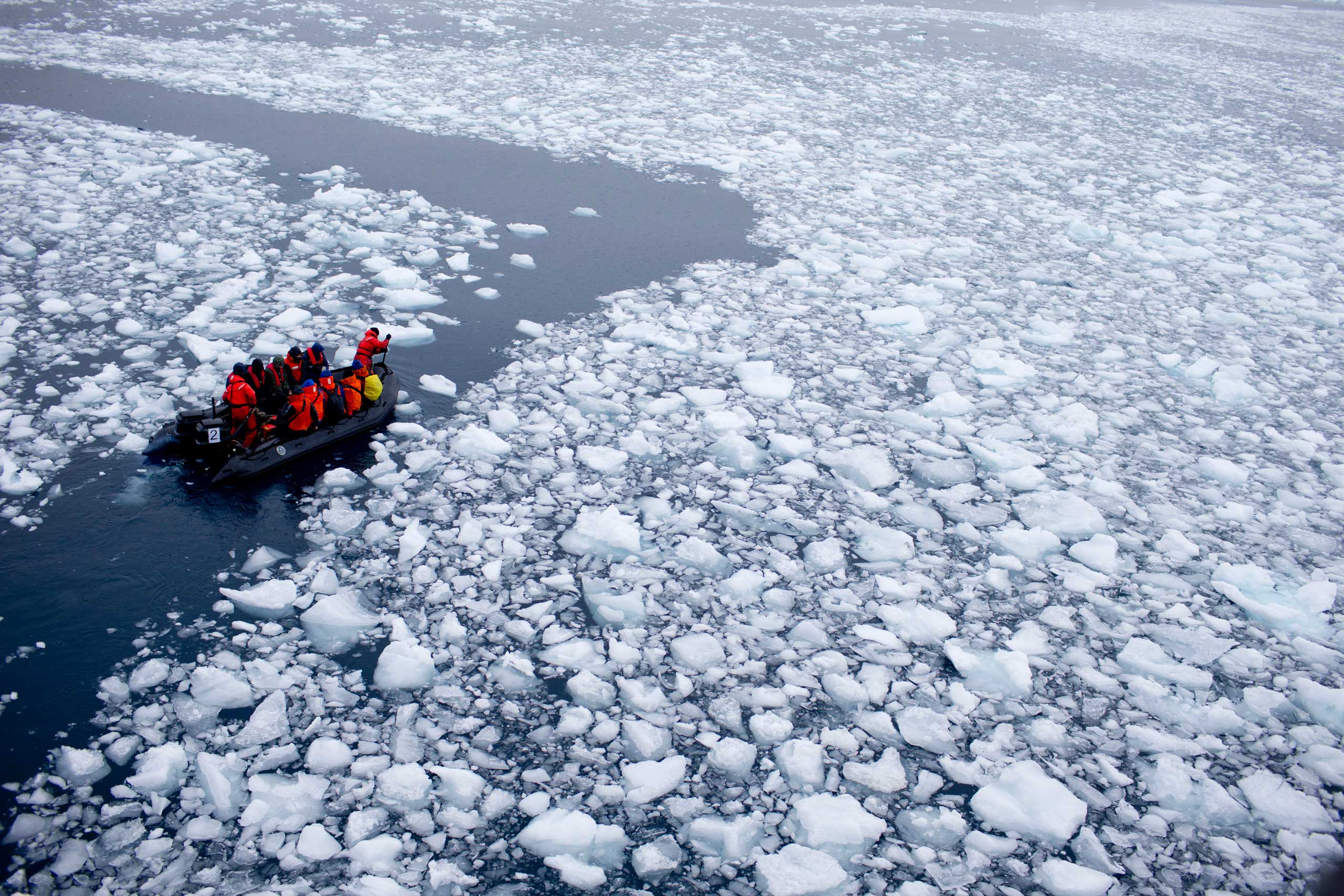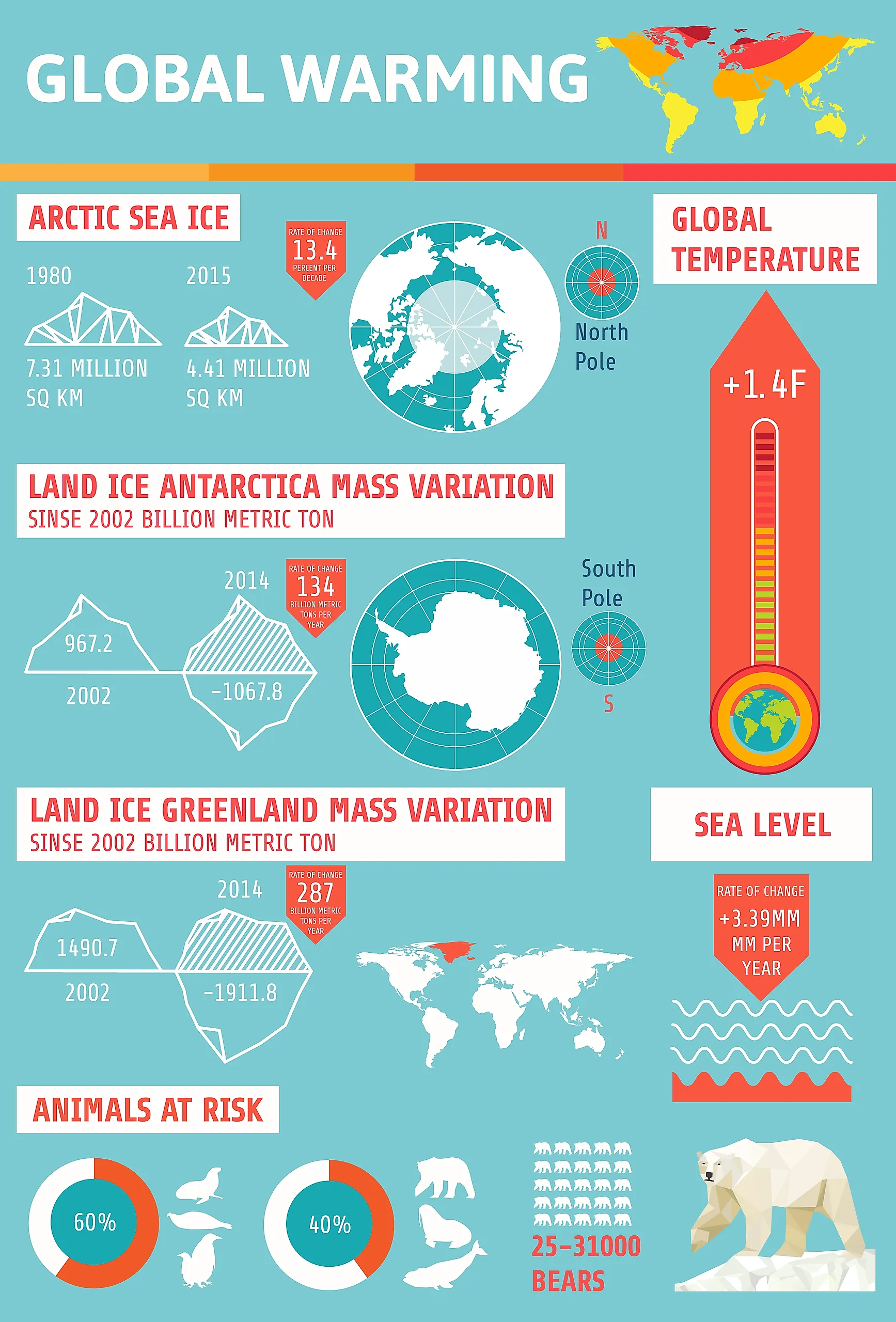The Melting Arctic: Unraveling the Consequences of Glacial Extinction
The icy landscapes of the Arctic are melting at an alarming rate, threatening not only the region’s delicate ecosystem but also the well-being of our planet. The consequences of glacial extinction are far-reaching, affecting sea levels, global temperatures, and wildlife populations.

Antarctica Melting: Glaciers May Melt and Sea Levels Rise | TIME – Source time.com
Unveiling the Impact on Sea Levels
As glaciers melt, they release vast amounts of water into the oceans, raising sea levels. This poses a significant threat to coastal communities worldwide, exacerbating erosion, flooding, and storm surges. Even small increases in sea level can have devastating impacts on infrastructure, livelihoods, and cultural heritage.

Distilled CBD 100 Oil – Par: Glacial Gold – Mendo – Source mendocannabis.ca
Disrupting Global Temperature Patterns
Glaciers play a crucial role in regulating global temperatures by reflecting sunlight back into space. As they melt, the Earth’s surface absorbs more heat, leading to warmer temperatures. This disruption can intensify weather extremes, including droughts, heat waves, and hurricanes, with far-reaching consequences for human health, agriculture, and ecosystems.

Free stock photo of climate, cold, glacier – Source www.pexels.com
Protecting Arctic Wildlife
The Arctic is home to a diverse array of wildlife, including polar bears, walruses, and seabirds. Melting glaciers disrupt their habitats, hunting grounds, and breeding sites. These species face increasing threats from reduced food availability, loss of shelter, and exposure to contaminants.

Warming in Arctic Raises Fears of a ‘Rapid Unraveling’ of the Region – Source www.nytimes.com
The Melting Arctic: Unraveling Consequences
As the Arctic melts, it reveals ancient secrets and untold stories. Scientists have discovered fossils of extinct species, remnants of past civilizations, and evidence of dramatic climate shifts. These findings provide valuable insights into our planet’s history and its susceptibility to change.
The Arctic holds immense scientific, cultural, and spiritual significance. Its preservation is crucial for understanding our past and safeguarding our future.
History and Mythology of the Arctic
Throughout history, the Arctic has captivated the human imagination. Explorers, artists, and scientists have embarked on expeditions to unravel its mysteries and witness its sublime beauty. In many cultures, the Arctic has held a mystical allure, inspiring tales of ice giants, shamanistic rituals, and otherworldly beings.

Arctic Warming Faster Than Global Average | Financial Tribune – Source financialtribune.com
Hidden Secrets of the Arctic
As the ice melts and the landscape changes, new discoveries are constantly emerging in the Arctic. Scientists have uncovered ancient artifacts, including tools, weapons, and artwork, that shed light on human presence in the region thousands of years ago. These findings reveal a complex story of human adaptation and resilience in a challenging environment.

Ice sheets melting at poles faster than before – Source www.usatoday.com
Recommendations for the Arctic
The preservation of the Arctic is a global responsibility. By reducing carbon emissions, promoting sustainable practices, and supporting research, we can help mitigate the melting of glaciers and protect the Arctic’s irreplaceable ecosystem. Every action, no matter how small, contributes to a healthier and more resilient planet for generations to come.

Global Warming Is Driving Polar Bears Toward Extinction, Researchers – Source www.nytimes.com
The Melting Arctic’s Impact on Human Society
The Arctic’s melting glaciers are affecting human societies worldwide. Coastal erosion, flooding, and extreme weather events are becoming more common, forcing communities to relocate and adapt to a changing environment. The loss of Arctic ice is also impacting global fisheries, as fish populations depend on cold waters and sea ice for survival.

SciELO – Brasil – Glacial meltwater input to the ocean around the – Source www.scielo.br
Protecting the Arctic’s Future
The future of the Arctic lies in our hands. By taking immediate action to reduce greenhouse gas emissions and implement sustainable practices, we can protect the Arctic’s glaciers and ensure the well-being of its wildlife and human inhabitants. International cooperation and collaboration are essential to address this global challenge.

Melting Arctic Ice Adds 14,000 Tons of Water per Second | Fortune – Source fortune.com
The Arctic’s Role in Climate Regulation
The Arctic plays a crucial role in regulating the Earth’s climate. As the Arctic ice melts, it releases large amounts of methane, a potent greenhouse gas, into the atmosphere. This increases the rate of global warming and amplifies the effects of climate change.

The Causes And Effects Of Melting Glaciers – WorldAtlas – Source www.worldatlas.com
Fun Facts about the Arctic
The Arctic is home to the world’s largest polar bear population, numbering around 25,000 individuals. The Arctic ice sheet is approximately 2.3 million years old, and it contains enough frozen water to raise global sea levels by over 200 feet if it melted entirely. The Arctic is also known for its breathtaking natural beauty, including icebergs, glaciers, and the Northern Lights.
How to Support Arctic Preservation
There are many ways to support the preservation of the Arctic. You can reduce your carbon footprint by driving less, using less energy, and choosing renewable energy sources. You can also support organizations working to protect the Arctic and its wildlife. By spreading awareness and educating others about the importance of the Arctic, you can help ensure its continued health for generations to come.
What if the Arctic Ice Melts?
If the Arctic ice melts entirely, it will have catastrophic consequences for the planet. Global sea levels would rise by over 200 feet, inundating coastal cities and displacing millions of people. The loss of sea ice would disrupt ocean currents, leading to changes in weather patterns and even affecting food production. The release of large amounts of methane into the atmosphere would further accelerate global warming and cause widespread environmental damage.
Listicle of Arctic Impacts
The melting Arctic has far-reaching impacts on our planet:
Question and Answer: The Melting Arctic
A: The Arctic ice is melting primarily due to human-induced climate change caused by the emission of greenhouse gases, such as carbon dioxide.
A: The consequences of Arctic ice melting include rising sea levels, disrupted global temperatures, and biodiversity loss, among other impacts.
A: We can protect the Arctic by reducing greenhouse gas emissions, supporting sustainable practices, and promoting international cooperation.
A: The Arctic is a vital part of our planet’s ecosystem. It is home to diverse wildlife, influences global weather patterns, and holds immense scientific and cultural significance.
Conclusion of The Melting Arctic: Unraveling Consequences of Glacial Extinction
The melting Arctic serves as a stark reminder of the fragility of our planet and the urgent need to address climate change. By understanding the consequences of glacial extinction and taking collective action, we can protect the Arctic’s irreplaceable ecosystem and safeguard the well-being of its wildlife and human inhabitants.